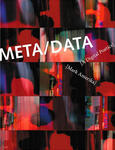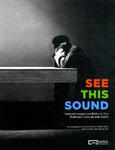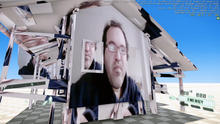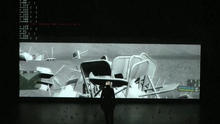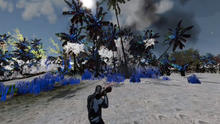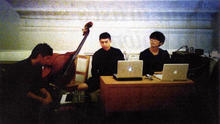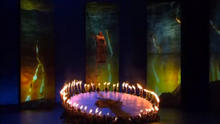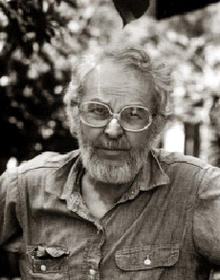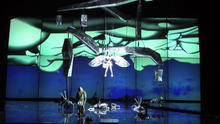playZero
(2010)by Victor Morales was originally part of an opera called Playzero made at Festspielhaus St. Pölten in June 2010. Music by Wolfgang Mitterer.
This piece was originally part of an opera called playZero made at Festspielhaus St. Pölten in June 2010.
The trailer for the game playZero. Rushly done in one morning. That is what i like most about it. It is all wrong. Music by Wolfgang Mitterer and the Zumo guys.
Source: Victor Morales
